


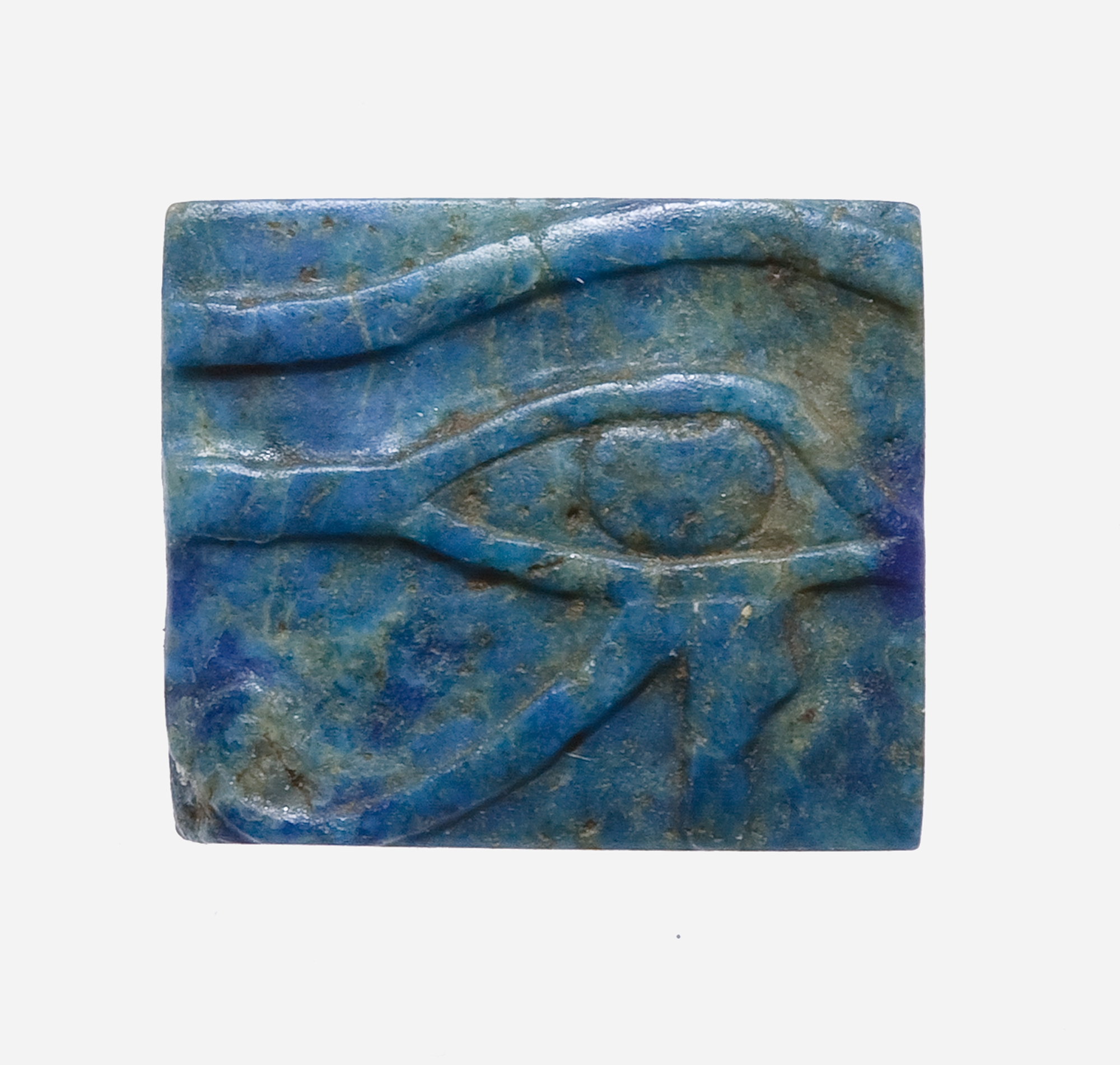
Lapis lazuli Wedjat Eye amulet
L 1.8 cm (11/16 in), W 1.6 cm (5/8 in)
664–332 B.C.E.
Late Period - Dynasty 26–29
wikipedja
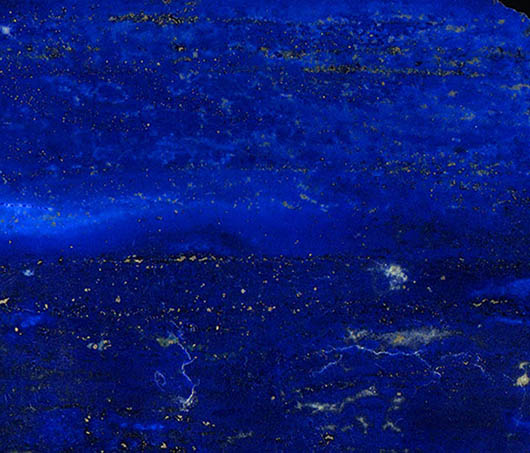
The only major source of Lapis lazuli is in northeastern Afghanistan, yet the Ancient Egyptians were using it before their country was unified under a centralized government. Upper Egypt's Naqada Predynastic site has yielded the earliest Egyptian Lapis jewelry found so far, which is dated 3300–3100 BCE.
Powdered Lapis was used to make the original Ultramarine pigment, until a synthetic was developed during the early 19th Century.
Lapis is mostly composed of the mineral Lazurite, usually with Calcite (white) and Pyrite (gold).
The above image (and a color picker) produced this blog's original background color, and it became the background image once we could use them.
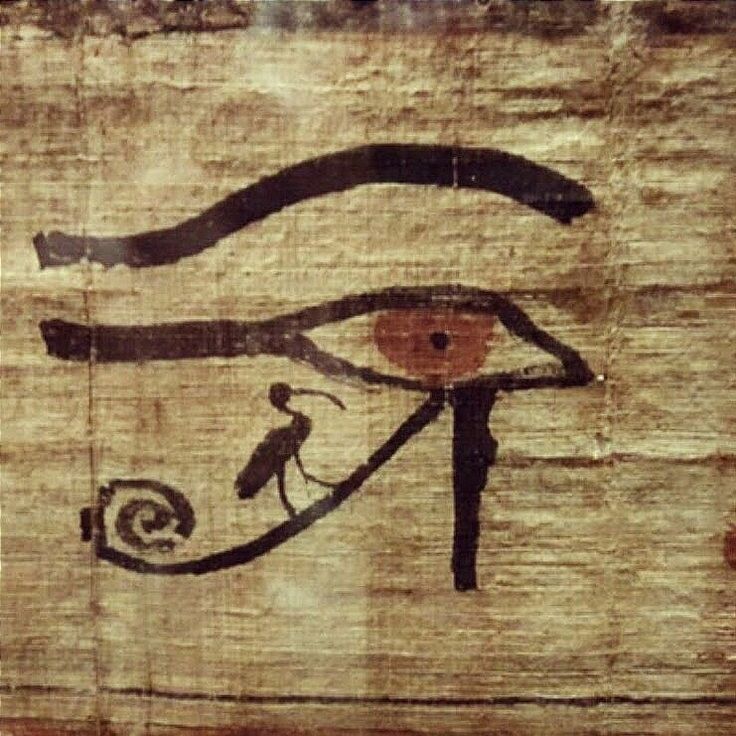
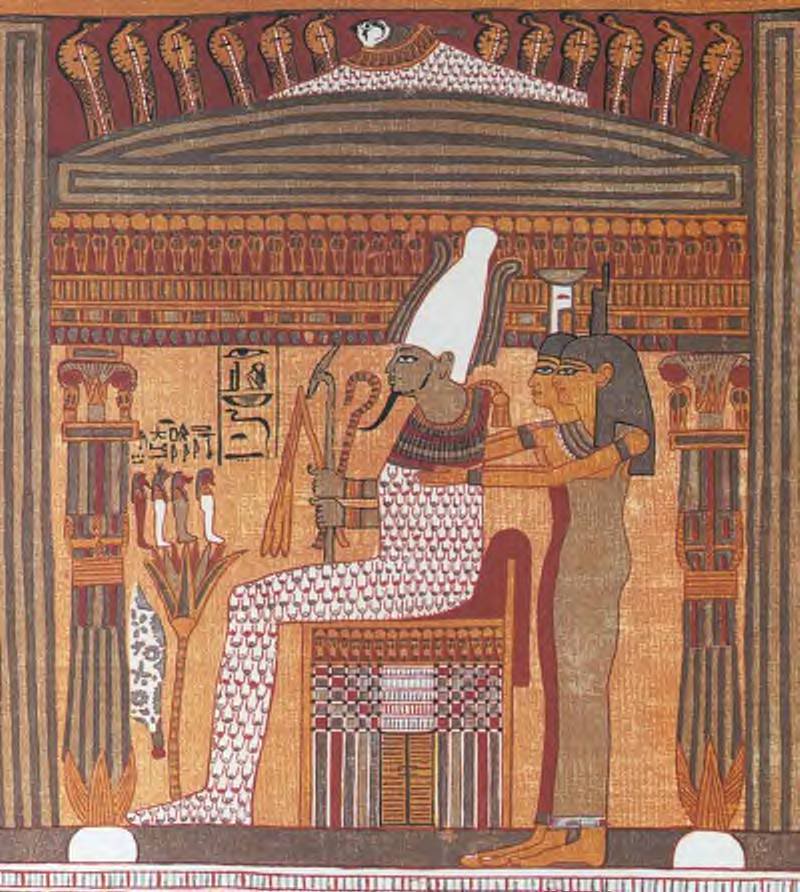
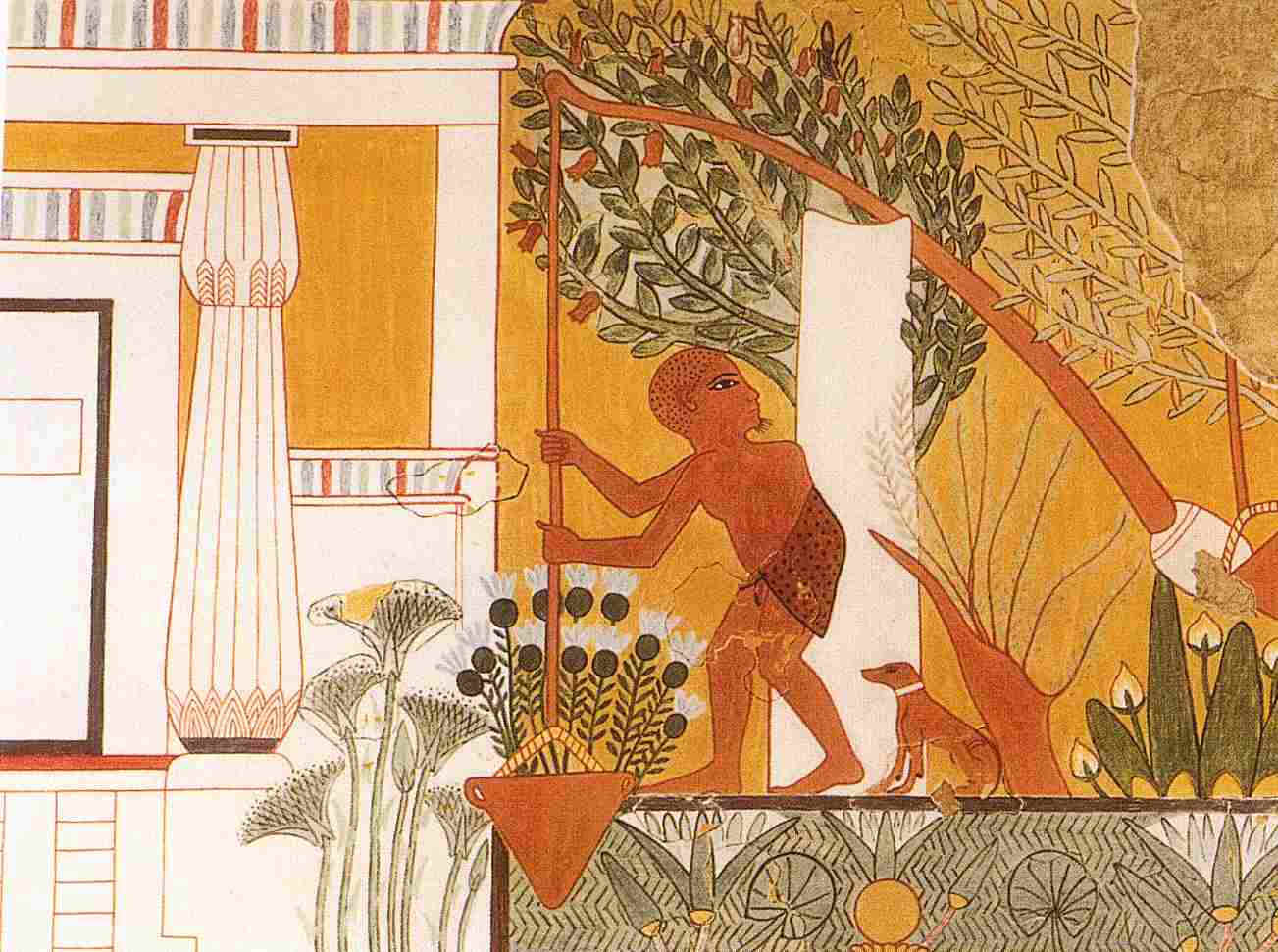
Scene of gardener using a Shadûf, Tomb of Ipuy at Deir-el-Medina, West bank of Thebes

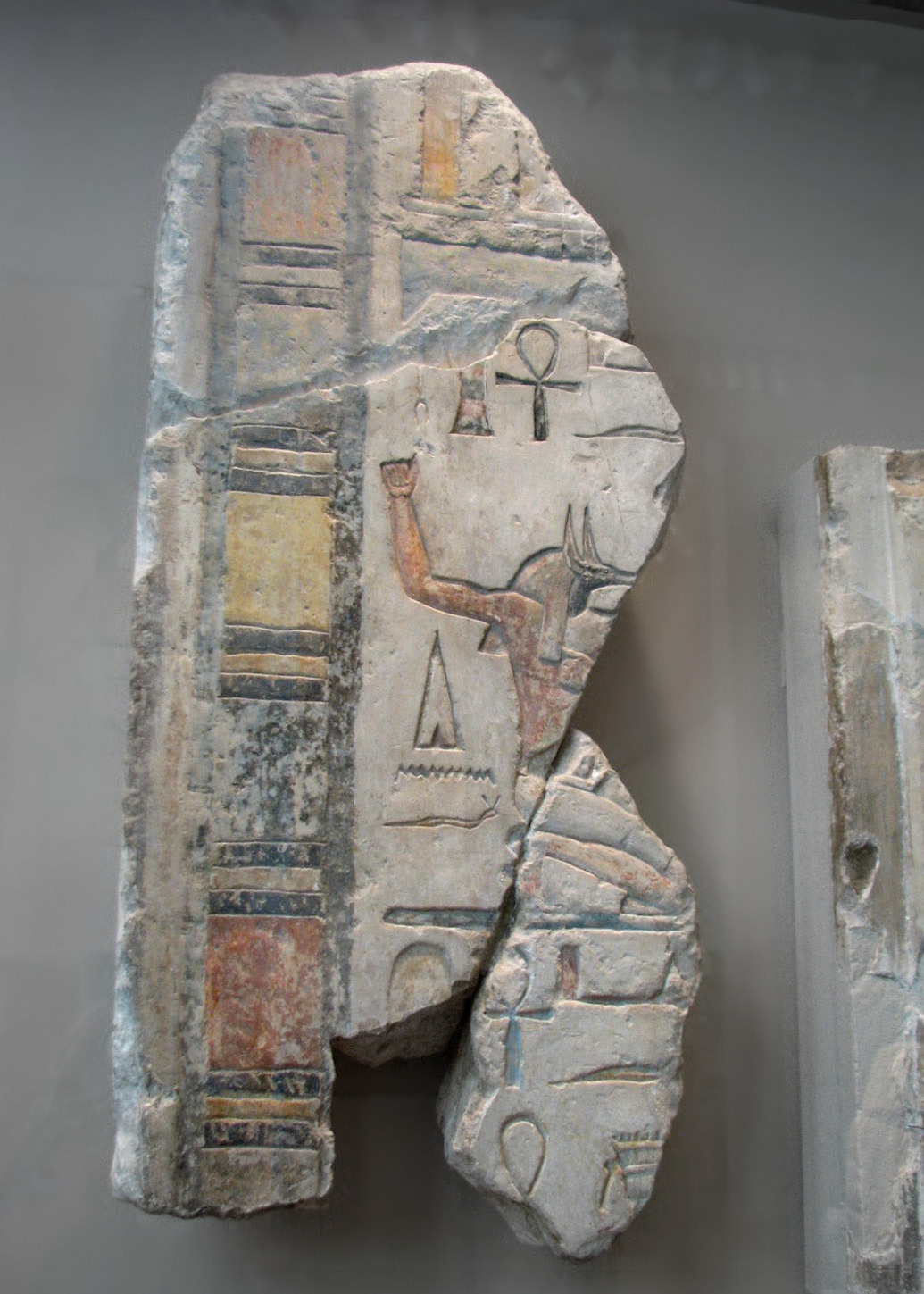
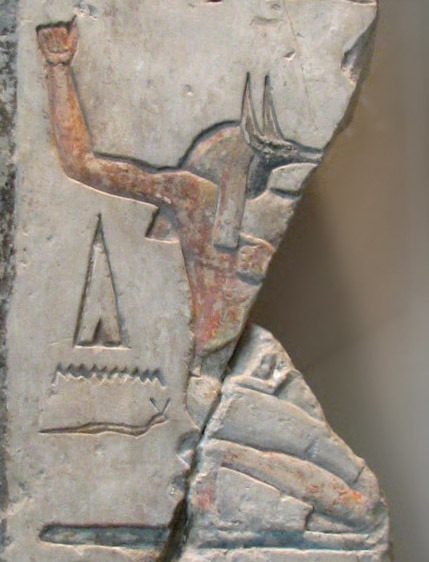
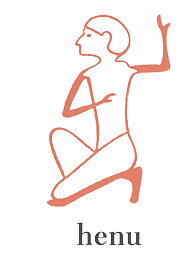
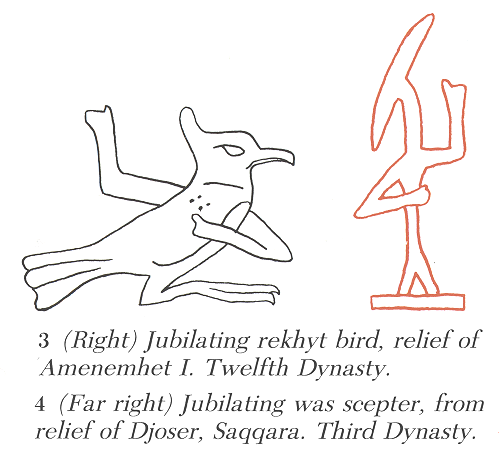
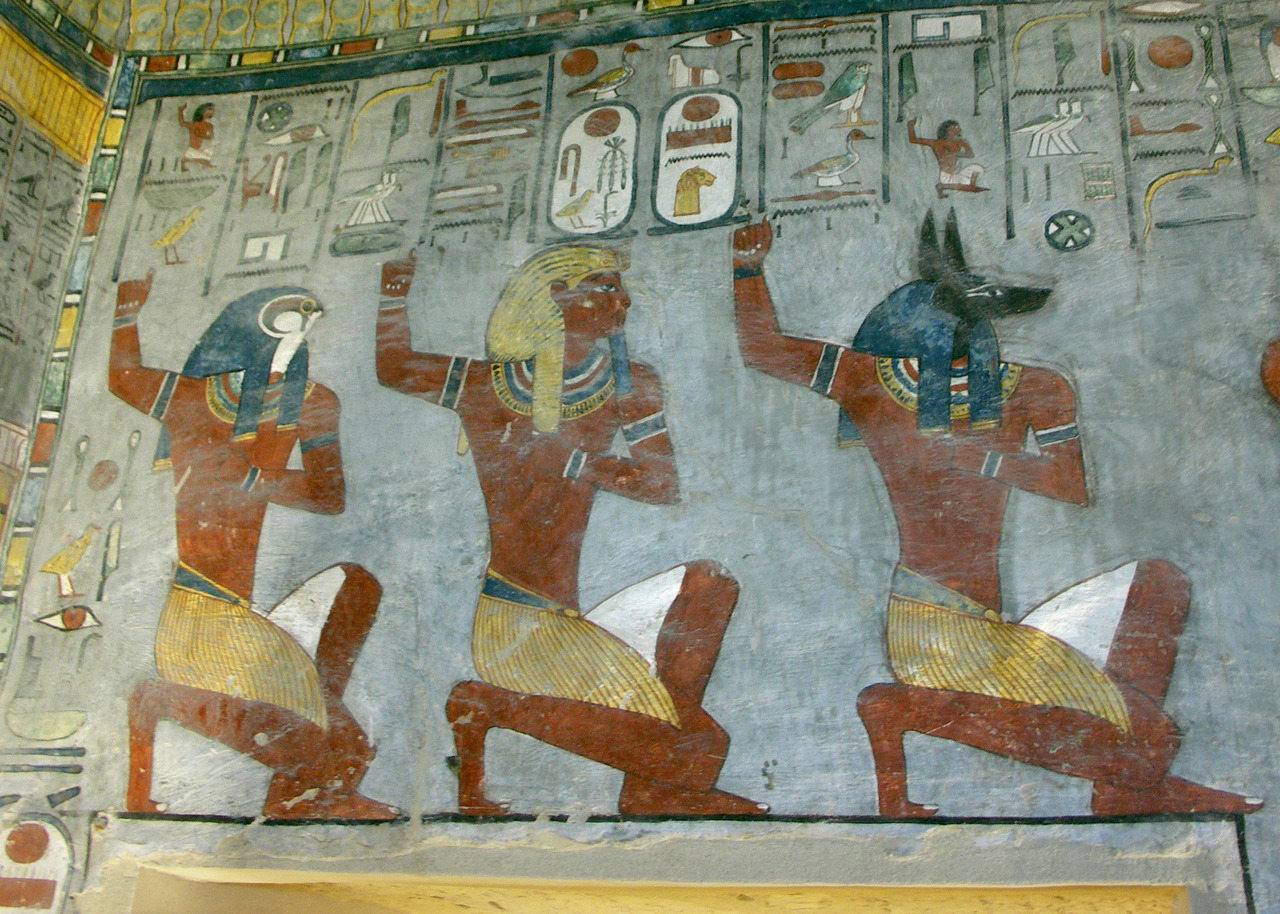
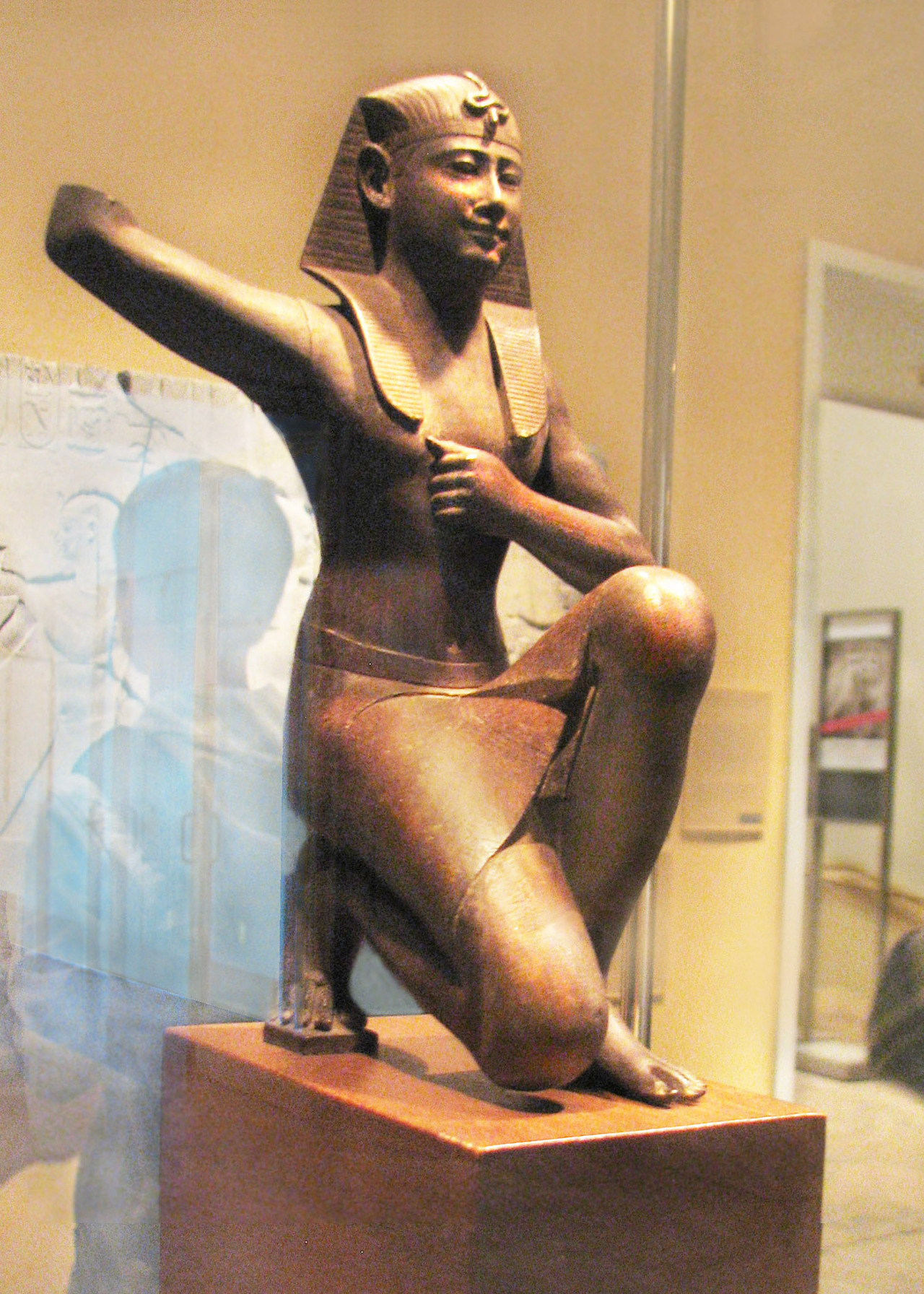
Soul of Nekhen
Dynasty 12, reign of Senwosret I (ca. 1961-1917 BCE)
Painted limestone, from the pyramid temple of Senwosret I, Lisht
Rogers Fund, 1909 (09.180.41)
(From info card)
“This kneeling, jackal-headed deity represents one of the souls of Nekhen (Hierakonpolis), an important cult center in southern Egypt. Their counterparts were the falcon-headed souls of Pe and Dep (the double mounds of Buto), which was located in the northern part of the Egyptian Delta.”
“These divine creatures, whose roots seem to lie at the beginning of Egyptian history, served as protective powers representing the northern and southern boundaries of the country. The figure’s kneeling pose and the placement of his arms are part of a ritual performance that accompanied the epiphany of Egyptian deities. In a pyramid temple it was doubtless the rejuvenated king who was addressed by this gesture of jubilation.” Read More »